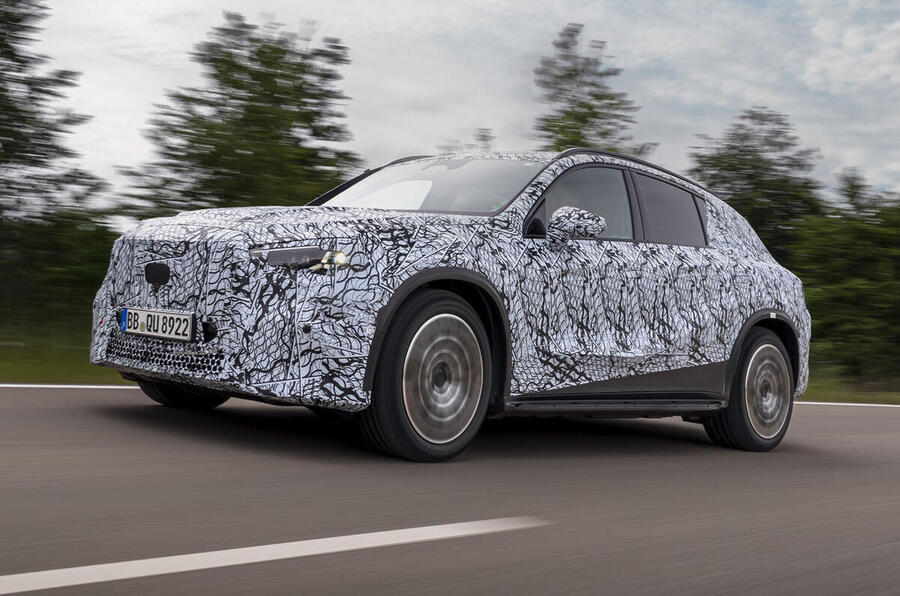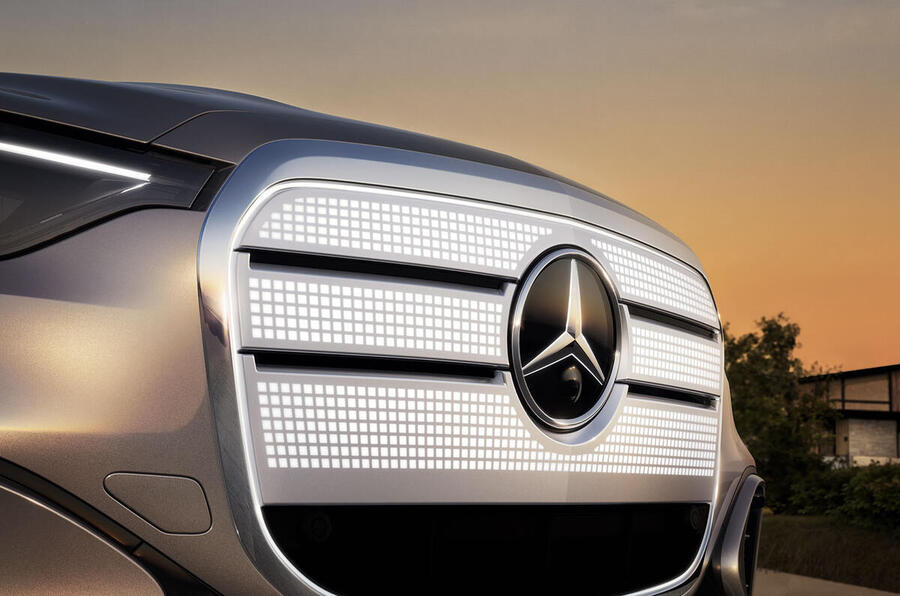Mercedes-Benz will launch a radical new GLC next year, an important new model for the German firm as it looks to gain a foothold in Europe’s most hotly contested new car segment.
Launching at the same time as the new BMW iX3, its key segment rival, the electric GLC not only marks Mercedes' next step in electrification but also will be the first car to embody the brand’s bold new-era design language – something that will be adopted across the rest of the range in the coming years.
It will be sold alongside the current, second-generation combustion-engined GLC, which was launched in 2022. That car has regularly been Mercedes’ best-selling model since its introduction in 2015 and the firm hopes the new GLC EV – successor to the discontinued EQC SUV – can leverage the equity built by the GLC name and be a catalyst for Mercedes’ EV sales.
Going on sale in early 2026, the electric GLC – which we've already driven in prototype form – will become the first model to use the Mercedes-Benz Electric Architecture (MB.EA), which will also form the basis of the upcoming electric C-Class, due at the end of 2026 or start of 2027.
It supports an 800V electrical architecture and has an expected maximum charging speed beyond the 320kW of the new MMA-based CLA EQ – the longest-range and most efficient EV currently on sale.

Mercedes officials have confirmed to Autocar that the electric GLC will draw electricity from a 94.5kWh battery, which will provide up to 435 miles of range in its most efficient form.
While that is a significant amount of range for an SUV, matching today's class-leading Peugeot e-3008, it will be beaten by the new iX3, which is promised to offer 497 miles.









Join the debate
Add your comment
What's radical about it?
Looks like very other blob in the past 15 years before it.
“the calling card of Mercedes, the unmistakable Mercedesness” used to mean bomb-proof build quality, not tacky bling.